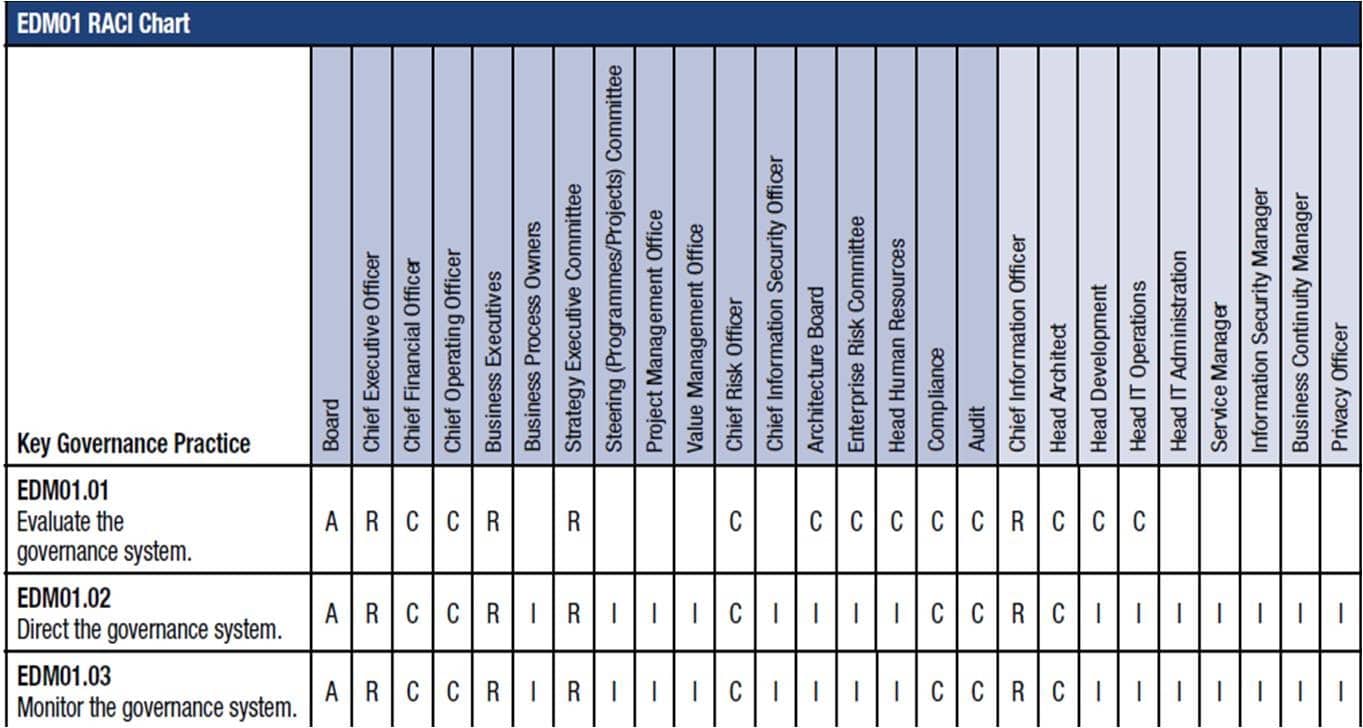A ?symbion? is an organism in a symbiotic (i.e. mutually beneficial) relationship with another one. In the case of Australia?s giant Symbion Pharmacy Services, this means supplying and delivering over-counter Chemmart medicines to more than 3,000 hospital and retail pharmacies, while remaining mindful of its carbon footprint.
In 1999, the company with the tagline ?life matters? and a desire to be seen as ?a good corporate citizen? decided it was time to measure exactly what it was pumping out from 12 facilities and over 200 vehicles. This was a voluntary decision as even now there is still no carbon emissions law in Australia (although no doubt being a ?first mover? will put the company in a competitive position when this inevitably comes).
Symbion decided to install emission detection devices and connect these to a central monitoring system with the intention of managing what these measured. There were two stages to this process. First, Symbion determined its reporting requirements based on one of its larger warehouses. Following that, it established a carbon footprint for each of its wholly owned and managed facilities. This put it in a position to:
- Analyse total emissions down to a level of detail where it understood the contribution of each source
- Use big data management tools to identify carbon hotspots for priority remedial action
- Inform the affected workforce, explain the monitoring system and keep them in the loop
- Separately manage energy abatement programs such as lighting and delivery routes
The program also had productivity spin-offs in that it focused management attention on the processes behind the emissions that were ripe for material and system improvements. It also provided marketing leverage. Symbion?s customers are in the wellness business, ahead of the curve when it comes to how emissions contribute to chronic illness, and aware of the cost of this in terms of human capital.
EcoVaro could help you manage your throughputs by analysing your data on our cloud-based system. This includes trending your metrics, comparing them to your industry seasonal average, and providing you with a business-like view of how well you are doing.
Our service reduces your reliance on (and the cost of) third party audits, and simplifies the reporting process to your controlling authority. It simply makes more sense to contract your software out this way, and only pay for it when you need it.
